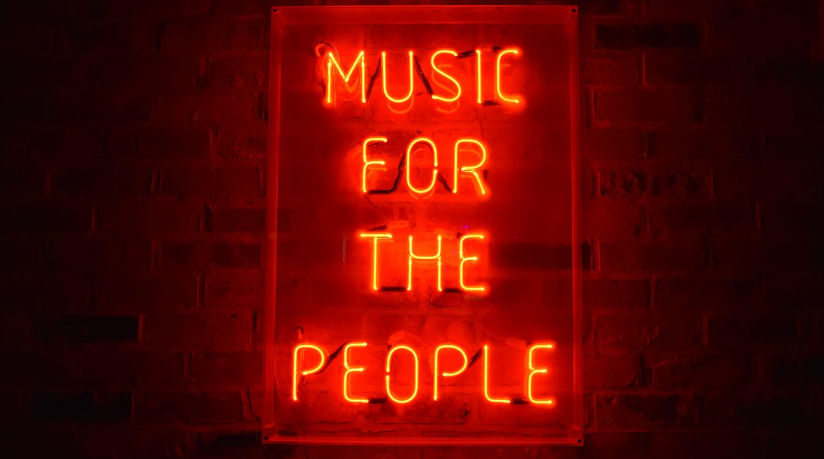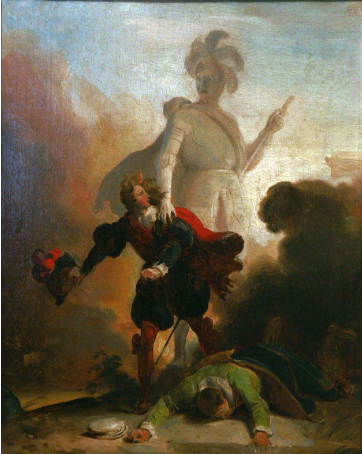Music has always been an important form of human expression. Through music, it is possible to communicate our emotions, our thoughts and ideas in a way that is original, unique and, in some cases, really powerful. However, music can also be seen as a form of expression of the historical moment in which it is made.

As a matter of fact, each historical era has its own characteristic music which reflects the cultural, social and political influences of the time. Baroque music (see Antonio Vivaldi, Johann Sebastian Bach, Arcangelo Corelli), marked by great complexity and ornamentation, well reflects the taste for grandeur of the era. Even punk music, which made its peak in the 80’s, was used by artists as a means to represent unemployment, discrimination and social alienation, which were the themes characterizing the society of the time.
Among artists, there are particularly sensitive ones who-–either developed or by nature—have a spiked receptivity towards that which is beyond what we commonly consider matter. These special individuals not only “talk” about their own historical time, but sometimes they can also anticipate what the music of the future will be.

This is the case of Dodecaphony, a musical technique elaborated by Arnold Schonberg in 1923, and anticipated by Wolfgang Amadeus Mozart some 136 years earlier, in 1787. It reflects the desire for change—literary, artistic, political and social—in a world going through a period of great transformations, due in part to wars and technological discoveries.
It is a composition based on a series of twelve sounds that do not repeat until the whole series is terminated. With this technique, there are no more important or less important sounds: all have the same importance. The succession of sounds, lacking a catchy melody, turns out to be dissonant, leaving the listener with a sensation of growing tension. Mozart conceives and adopts this, among others, in one of his most famous operas, Don Giovanni.
A brief summary is needed. Don Giovanni, a young knight, seduces Donna Anna, a noblewoman. The Commendatore, Anna’s father, gets upset about this and challenges Don Giovanni to a duel, where he gets killed by the knight. Near the end of the opera, the Commendatore, in the form of a ghost statue, reappears to Don Giovanni, inviting him to dinner. Don Giovanni, proud as he is, accepts the invitation and shakes the statue’s hand. At this point he senses a deadly frost, and the Commendatore exhorts him to repent of his sins, but Don Giovanni refuses to do so and tries in vain to escape from his inevitable destiny: death.

The Commendatore’s apparition in this last part is of symbolic value. He represents a messenger of the divine will, of the justice that awaits those who have sinned. In utilizing a new composition technique, Mozart manages to give shape to the transcendent, separating it from what is of earthly nature. What happens is that the succession of dissonant sounds gives life to the terror, the anguish, the fear the sinner goes through and lives face to face with death. Thanks to his peculiar artistic sensitivity, Mozart is gifted with inspiration and with it anticipates a whole new technique that will flourish only in 1923 with Schonberg, when new ways of musical expression are employed by composers in their search for liberty from traditional tonality and harmony.
But besides anticipating the future, is it possible that music could actually contain news on what is yet to come? Can music, with the wise use of its language, carry within a prophecy?
